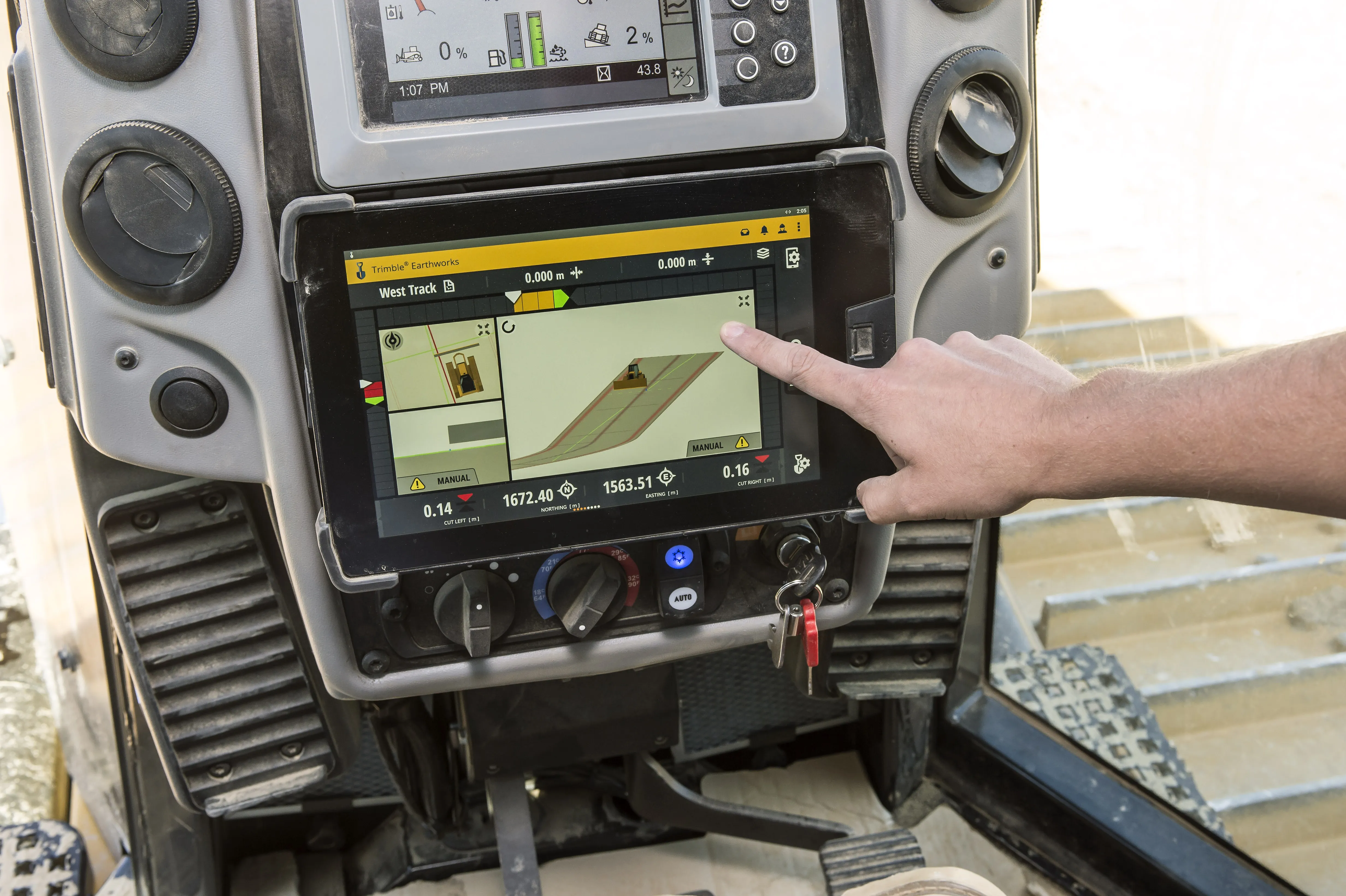A new package from Radiodetection offers advanced cable tracing capabilities. The new current direction (CD) feature is offered when using the firm's RD8000PDL multifunction pipe and cable locator in conjunction with the TX-10 transmitter.
February 21, 2012
Read time: 2 mins

A new package from 2537 Radiodetection offers advanced cable tracing capabilities. The new current direction (CD) feature is offered when using the firm's RD8000PDL multifunction pipe and cable locator in conjunction with the TX-10 transmitter. This system allows operators to continue to trace their target utility through congested underground networks. Current direction accessories are said to make it easier for operators to pick a target line from amongst a group of bunched or parallel utilities. The CD transmitter clamp is used to induce the CD signal onto the target utility should a direct connection not be possible, convenient or permitted. Users can also use this clamp to induce low frequency signals onto cables for conventional location work. Once a CD signal has been applied to a target line, an operator can use the CD Stethoscope to identify it from parallel or bunched utilities, by applying the stethoscope to each in turn. The stethoscope and the RD8000PDL alerts the operator when it is on to the target line. The versatile CD/CM clamp provides the targeting capability of the CD stethoscope and adds functionality. When clamped around a pipe or cable, the CD/CM clamp will measure the current induced on it by the TX-10 transmitter, displaying the readout on the screen of the RD8000PDL locator, and enabling the operator to identify the cable of interest, as well as to diagnose spurs or areas of concern on the target cable.








